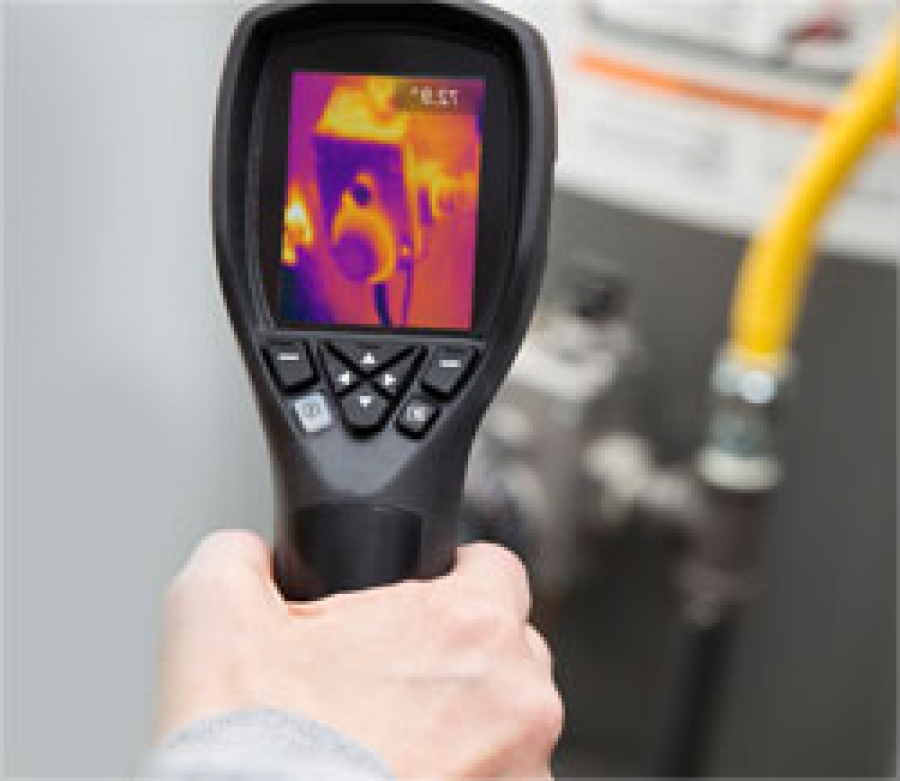How do you feel when it comes to Top leak detection hacks?

Early discovery of dripping water lines can reduce a possible calamity. Apart from saving you cash, it will reduce the worry and stress. The minute you locate a leak, calling your plumber for fixings is the most effective option. Some little water leaks may not be noticeable. Here are some hacks that aid if you can not spot it with your nude eyes.
1. Check Out the Water Meter
Every home has a water meter. Examining it is a surefire way that assists you find leakages. For beginners, switch off all the water sources. Guarantee nobody will certainly purge, use the tap, shower, run the cleaning maker or dishwashing machine. From there, most likely to the meter and watch if it will certainly change. Considering that nobody is utilizing it, there should be no motions. That shows a fast-moving leak if it relocates. Furthermore, if you spot no changes, wait an hour or 2 and also check back once again. This suggests you might have a slow-moving leakage that can also be below ground.
2. Examine Water Consumption
Analyze your water bills as well as track your water usage. As the one paying it, you must notice if there are any inconsistencies. If you identify sudden changes, regardless of your intake coinciding, it indicates that you have leaks in your plumbing system. Keep in mind, your water costs need to fall under the exact same variety on a monthly basis. A sudden spike in your bill indicates a fast-moving leak.
A constant boost every month, also with the same behaviors, shows you have a sluggish leak that's likewise gradually escalating. Call a plumber to completely inspect your home, specifically if you feel a cozy area on your flooring with piping beneath.
3. Do a Food Coloring Test
When it comes to water usage, 30% comes from commodes. If the color somehow infiltrates your bowl during that time without flushing, there's a leakage in between the tank as well as dish.
4. Asses Outside Lines
Don't forget to check your outdoor water lines as well. Test spigots by connecting a yard hose. Ought to water permeate out of the connection, you have a loosened rubber gasket. Replace this and make sure all connections are limited. It will help get it skillfully checked out as well as kept annually if you have actually got a lawn sprinkler system. One little leakage can throw away lots of water and increase your water expense.
5. Examine the circumstance as well as examine
House owners should make it a habit to check under the sink counters and also also inside cupboards for any kind of bad odor or mold and mildew growth. These 2 red flags show a leakage so prompt interest is needed. Doing routine inspections, even bi-annually, can conserve you from a significant trouble.
Inspect for discolorations and also damaging as a lot of pipes and also appliances have a life expectancy. If you presume leaking water lines in your plumbing system, don't wait for it to rise.
Early discovery of leaking water lines can alleviate a potential catastrophe. Some little water leaks might not be noticeable. Examining it is a surefire way that assists you uncover leaks. One small leakage can squander tons of water and also increase your water costs.
If you suspect leaking water lines in your plumbing system, do not wait for it to rise.
How to Know If Your Home Has a Hidden Leak
Water Meter Reveals Inexplicable Water Usage
If you’d like to test whether or not there’s a leak somewhere in your home, you can do this using your water meter. Here is how to conduct the test:
Don’t use any water in your home for at least 30 minutes; this also means not turning on faucets or water-using appliances.
Go outside, and check your water meter for activity.
If your water meter shows that there was activity, even though no one was using any water, this proves that there is a leak in your home.Visible Mold or Mildew Growth
Leaks behind walls create moist, dark environments that allow mold and mildew to grow and thrive. Eventually, you might see mold growth forming on the wall closest to a hidden leak.
If mold is growing in an area that receives a high amount of moisture, such as a bathroom, it may simply be an indication that better ventilation is needed. However, if you see mold growth on a wall or the ceiling in an area where you would not expect, you probably have a hidden leak.
Musty, Mildew Odor
Sometimes you might not be able to see the mold or mildew that is growing as a result of a leak. However, the smell can give the problem away just as easily. If you catch a whiff of something musty, there’s a good chance that old water is collecting somewhere in your home that you can’t see.
Stained/Warped Walls, Ceilings, or Floors
When your home soaks up water, a variety of red flags can become visible, including ceiling stains, bubbling drywall, warped walls, and sagging floors. While these issues can be caused by excess humidity, they can also be signs that a pipe or plumbing connection has started leaking behind your walls.
Inexplicably High Water Bill
After a while, you get a general sense for what your water bill should be. If you own a pool or sprinkler system, your bill will tend to be higher during summer. However, if you receive a water bill that seems especially high, and you can’t figure out what caused it, then you may have a hidden leak somewhere that’s increasing your bill.
https://www.plumbingjoint.com/blog/2019/july/how-to-know-if-your-home-has-a-hidden-leak/

We are very curious about Leaking water lines and I hope you enjoyed reading my page. Loved our blog entry? Please share it. Help somebody else discover it. Thanks for your time. Visit again soon.
Explore